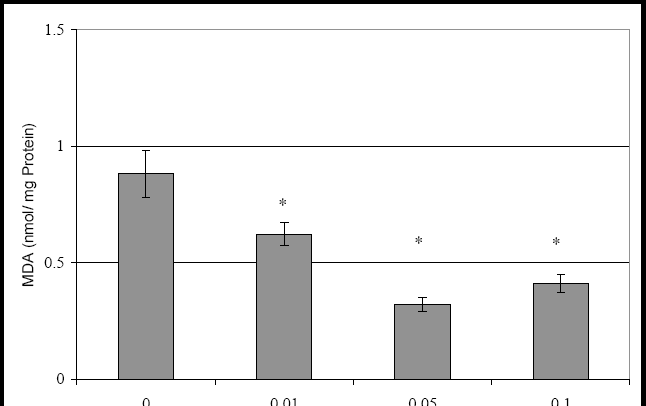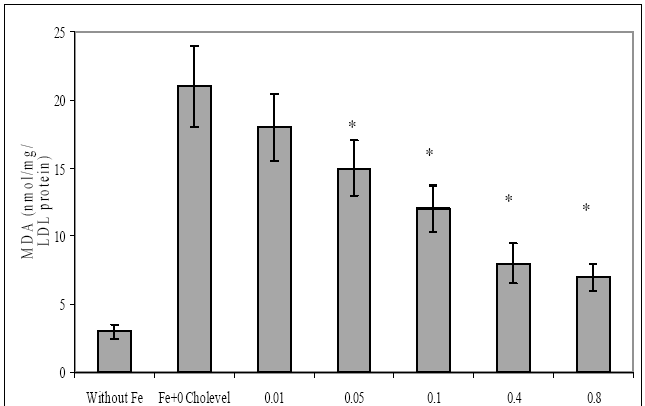(microsoft word - dhpc - clopidogrel; asociaci\363n de clopidogrel con la hemofilia adquirida.docx)
Comunicación dirigida a los profesionales sanitarios sobre la asociación de clopidogrel con la hemofilia adquirida. Los laboratorios farmacéuticos titulares de medicamentos con clopidogrel actualmente comercializados, deseamos comunicarle una información de seguridad importante en relación con el uso de este medicamento. Se han notificado un número reducido de casos de hemofilia adquir



 88 The Open Complementary Medicine Journal, 2009, Volume 1
88 The Open Complementary Medicine Journal, 2009, Volume 1